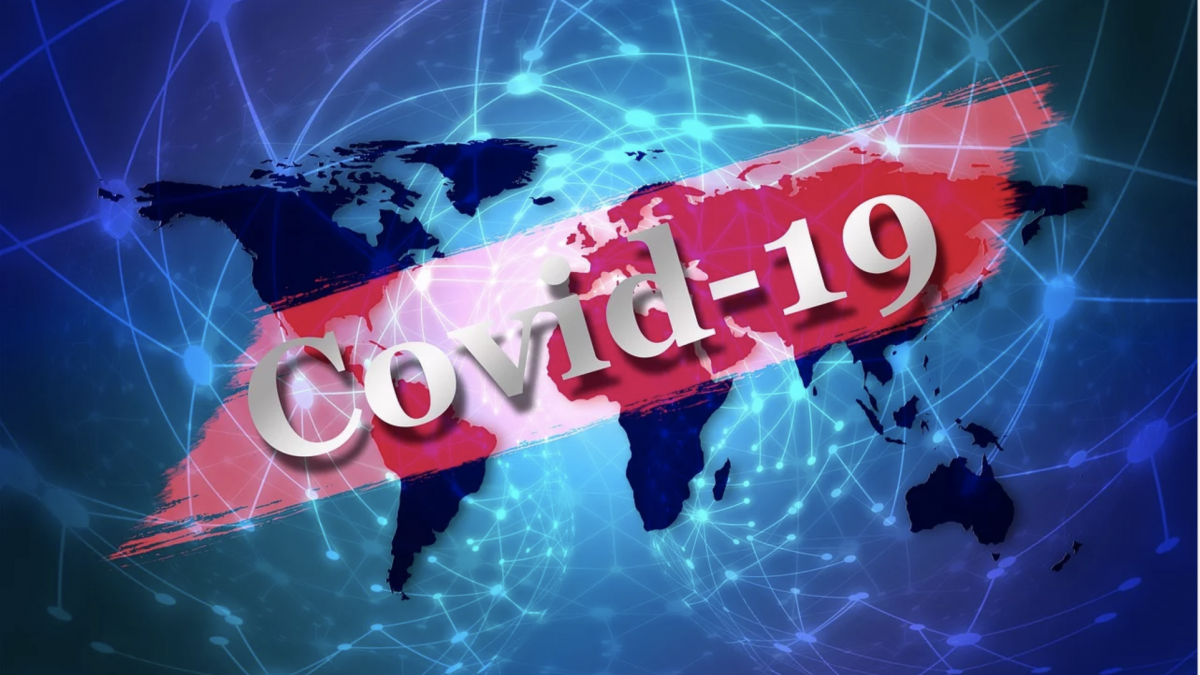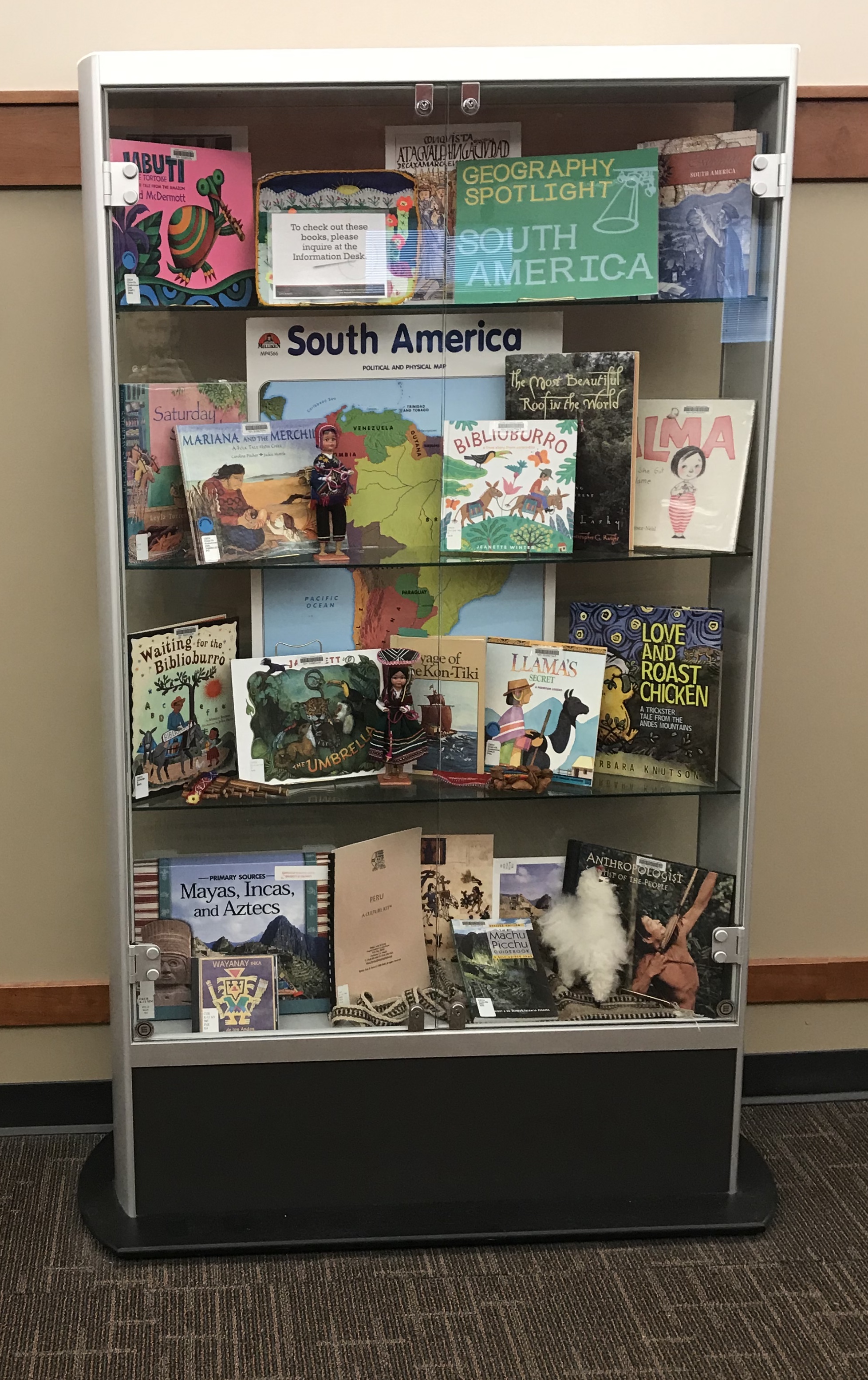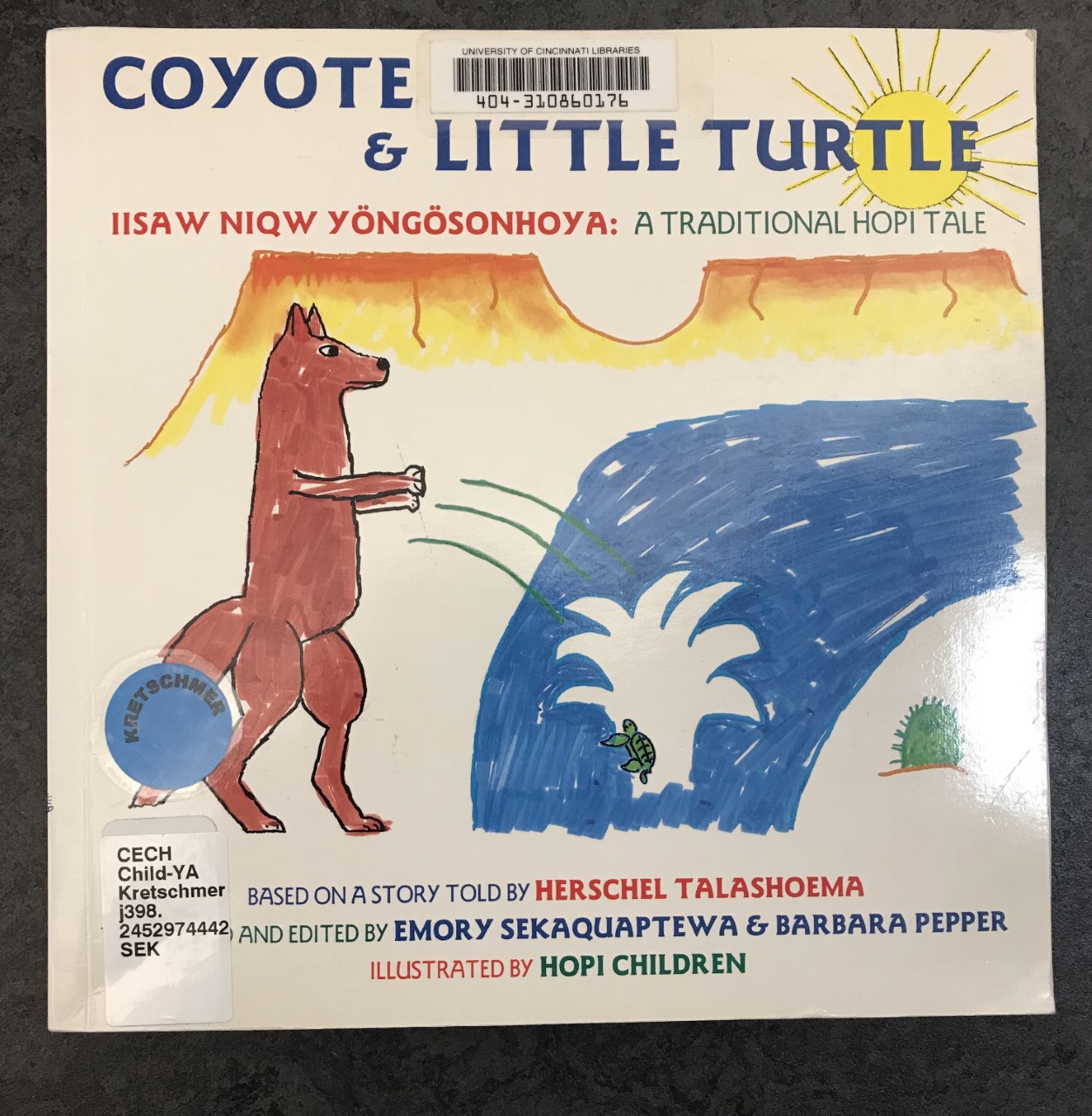In consultation with university administration, and with the knowledge that diligent social distancing is critical in slowing and stopping the spread of COVID-19, we have made the difficult decision to close all UC Libraries locations effective 5pm, Monday, March 16 until further notice. The only exception to this will be the Donald C. Harrison Health Sciences Library (HSL), which at this moment will remain open ONLY for College of Medicine students participating in testing; however the situation remains fluid, so there may be changes to HSL hours and availability.
Library users are encouraged to keep library materials. Fines will not be incurred for UC, OhioLINK or Interlibrary Loan items.
For service updates and links to online library resources, check https://libraries.uc.edu/about/covid-19.html. Library faculty and staff are committed to serving our users online as best we can.
For information regarding the availability of UC jurisdictional libraries:
- UC Blue Ash Library – https://libraries.uc.edu/libraries/ucba/ucba-covid19.html
- Clemont Colleage Library – https://libraries.uc.edu/libraries/clermont.html
- Law Library – https://law.uc.edu/education/library.html
University of Cincinnati COVID-19 information can be found online at https://www.uc.edu/publichealth.html.




